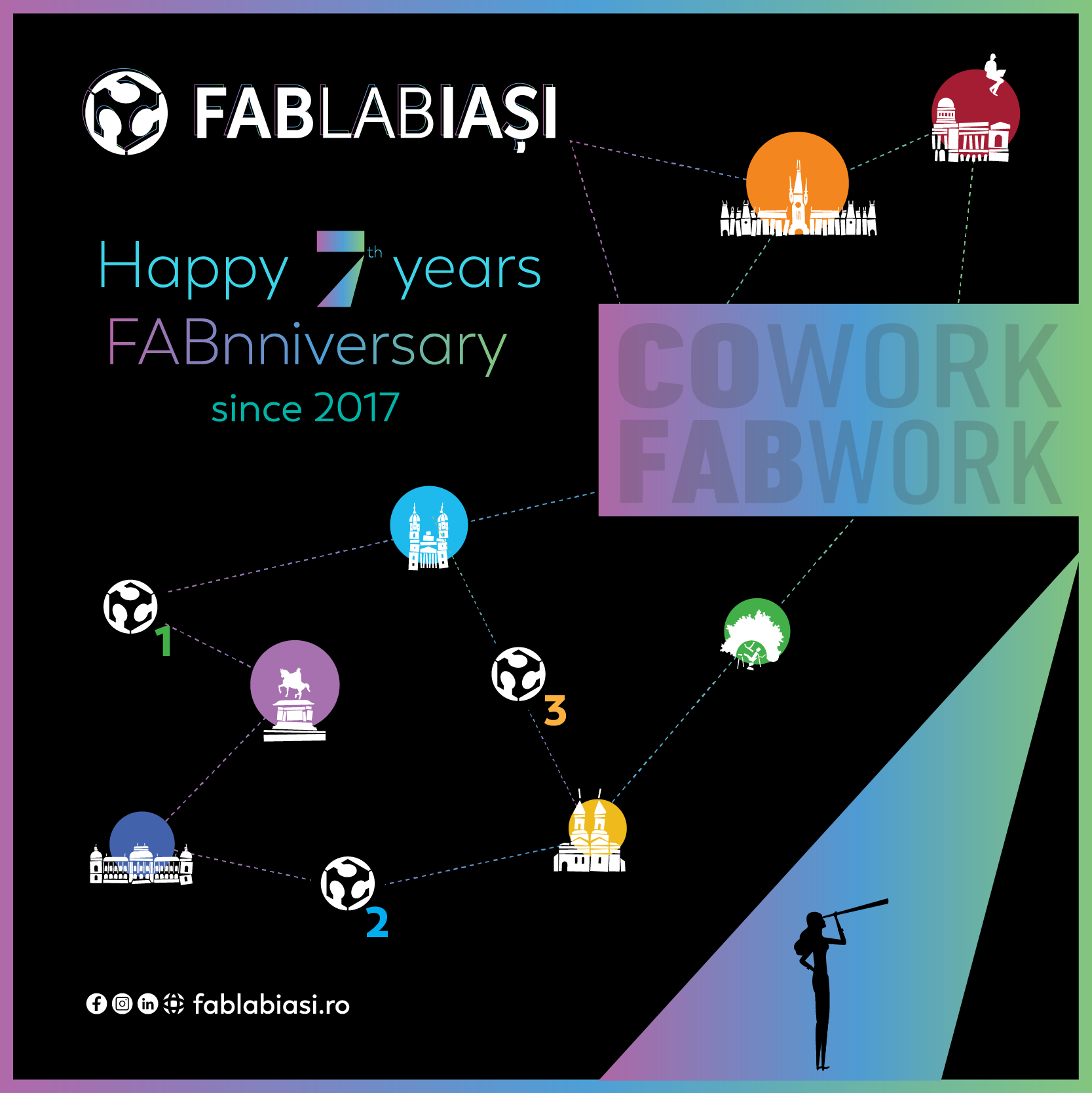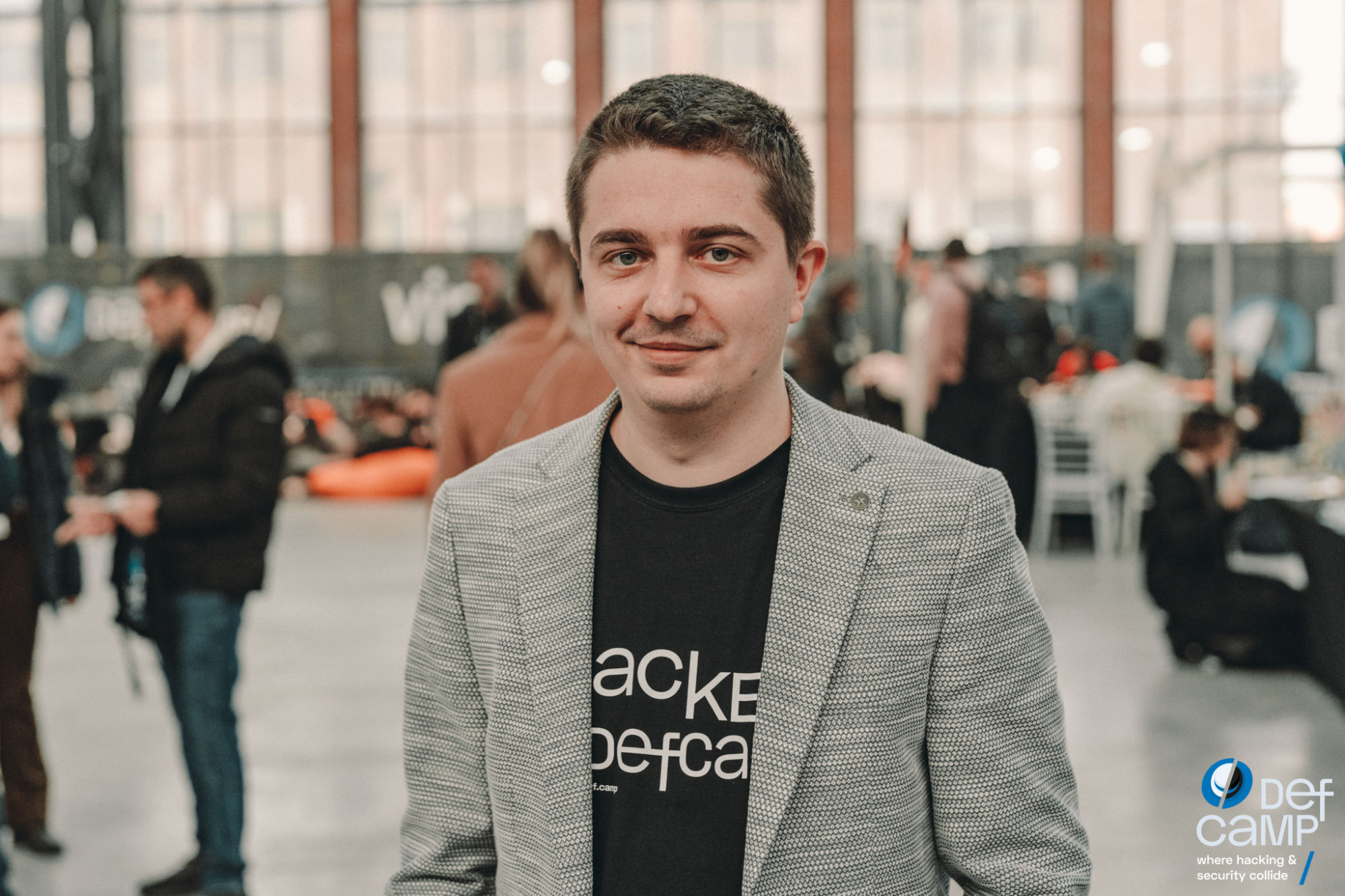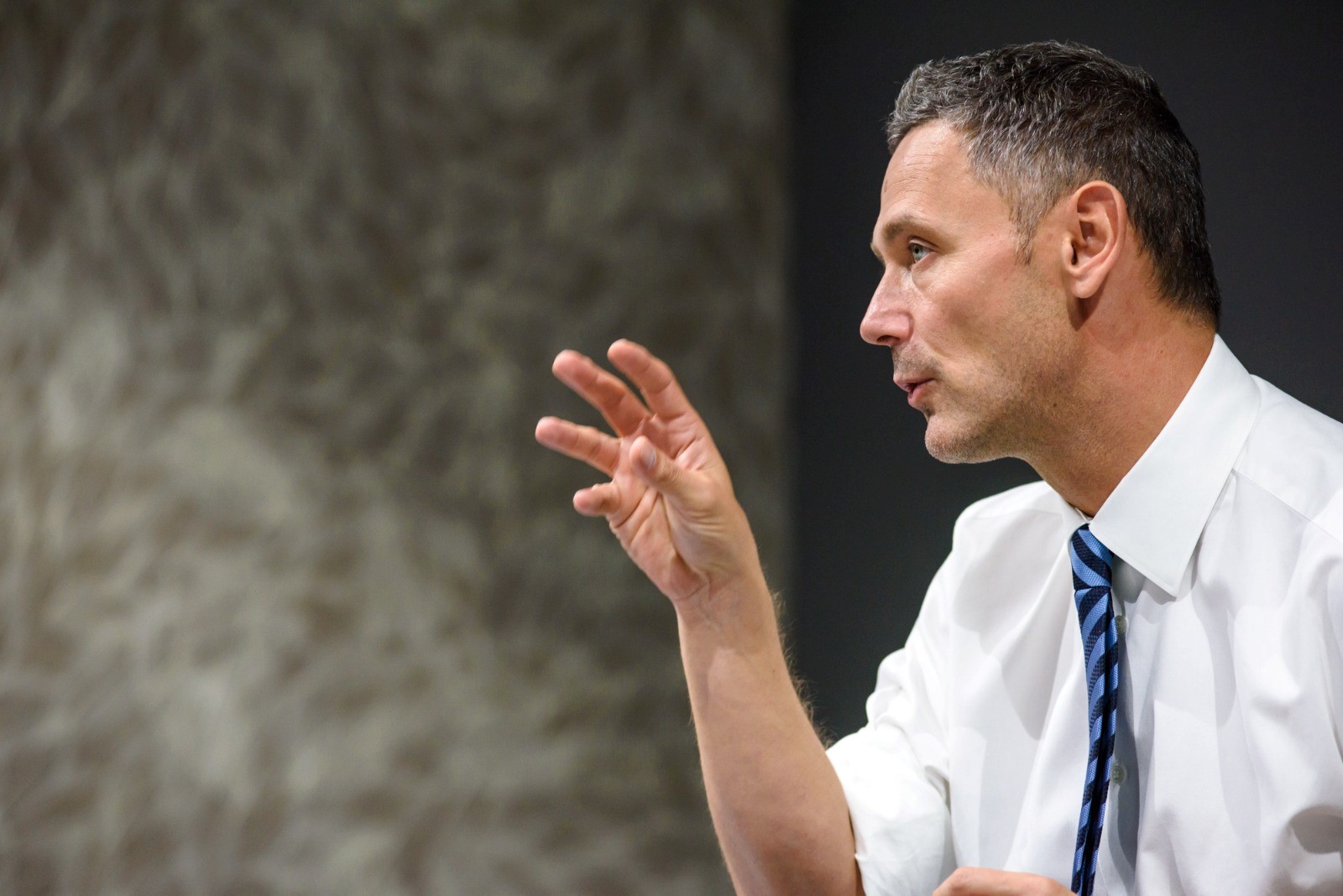Photo credits: Tudor Baciu
Dan ZAHARIA | Senior Consultant | EXTIND
It’s easy to fall in the trap of falling in LOVE with your own city: your friends & family are there, your youth is there, your FUTURE should also be there. Pessimism is over-rated: all the BEST things could happen there, all the investors should really have no reason not to invest. This blindness is sometimes annoying: all the cities are the SILICON Valleys of something or at least magnets for INDUSTRY 4.0. Nobody listens but to their own PROPAGANDA while mass-media publish click-bait TOPs of cities in which to live, work or travel to. And you can get depressed if your city is not on one of that fake list, or even worse, one of your NEIGHBOR city is included in it.
But if everything is so PERFECT, what’s left for you to BUILD in your city, what’s left for you to FIGHT for?
The key is going beyond of your inner circle and see the really good things that have happened in your city in the past 12 months: “CONTINENTAL extends office building in Iasi following EUR 27 M investment, the world’s largest online retailer”; “AMAZON, will expand its offices in Iasi, eastern Romania, by another 5,000 square meters by 2020”; “The opening of the Iasi office comes after a year of significant growth for BLUE PROJECTS, both in terms of clients portfolio and revenue”; “Prime Kapital wants to develop EUR 200 mln mixed-use project in NE Romania”.
“The Continental Research & Development centre in Iasi has grown from 30 people in 2006 to over 1,900 at the end of 2018. This growth came following the growing number of projects that our colleagues are involved in. The investment proves the importance that the company is giving to the engineering centre in Iasi”, said Marian Petrescu, the manager of the Continental unit in Iasi.
Opened in 2005, Amazon’s Development Center in Iasi was the group’s first R&D facility in Eastern Europe. It plays a major role in the city’s burgeoning tech industry, employing skilled experts who are inventing exciting new technologies in the fields of Cloud Computing, Information Security, Machine Learning and Data Analysis.
For those focused only on comparisons between IASI and other ROMANIAN cities like CLUJ-NAPOCA and TIMISOARA, let me tell you that it’s a waste of time. We should zoom-out beyond our borders for the other regional successful cities from Central and Eastern Europe. For example LVIV, a city from Ukraine with 750k inhabitants and 140k students has only 20k employees in IT & Outsorcing, but a robust 4k relevant yearly graduates pipeline. And they announced at CEE Outsourcing Awards a new mix-use brownfield development: Innovation District ІТ Park, with 6 buildings and 200k GLA office premises.
And Lviv is just one of about 50 cities in the CEE with which we have to compare as potential, strategy and speed of development of the talent pole synchronized with the development of the stock of modern offices and the increase of the quality of urban life. For the sake of comparison, IASI has 445k inhabitants, 55k students and already 21k employees work in IT&O industry with a 3k pipeline of relevant graduates.
Our city has efficiently capitalized on all its strengths (regional talent hub, air hub, saturation of urban economies of cities that started in these areas much earlier ). Thus, the combined efforts of the local entrepreneurs, of the multinational companies established in Iasi, of the talents in the field and of the talent pool have been rewarded. The boom of the ITO industry in IASI was rewarded by winning at the CEE Outsourcing Awards Gala in Warsaw the title of EMERGING CITY OF THE YEAR by our city in 2018.
Maybe these are some o the reasons that real estate developer Prime Kapital has launched the SILK DISTRICT mixed-use project in our city, considered the largest city in North-Eastern Romania. “The city has strong economic fundamentals, and we are delighted to work with the local authorities to help Iasi harness its competitive advantages, improve the quality of life for its inhabitants, and remain attractive to new generations,” said Prime Kapital partner Mihail Vasilescu. The project, developed on a former textile platform in Iasi, will have starting in 2021 two main components: category A offices with an area of approximately 100,000 square meters and 2,500 apartments. It will also include 11,700 sqm of retail space, a four-star hotel with 160 rooms, a 1,500-sqm clinic, services, parks, leisure and relaxation areas, a kindergarten and a swimming pool.
“With the six office buildings downtown, PALAS has consolidated a regional business hub, enabling the development of the IT industry well beyond Iasi. Palas is a catalyst for the labour force in Iasi, and the figures speak for themselves: from 2012 (the opening year) and to this date, the number of people working in the offices went from 900 to more than 7,500, through the presence of more than 50 companies,” according to the Iulius Group representative.
Office development in Romania is adapting to the preferences of new generations of employees and changing the very idea of its offer. Developers now design projects for complex living, providing good quality of life and urban regeneration rather than just work premises.
“The announced office projects (which will bring Iasi’s office stock to over half a million square meters by 2025) should be encouraged, as they represent a guarantee of the economic evolution of a big city less attractive to the transformation industry, in conditions of poor land accessibility to the hard core of the EU.” considers professor George Turcanasu from the “Al.I.Cuza” University of Iasi.
I believe that IASI becomes a city that is truly open to investment, capable of creating, attracting and retaining intelligence. A city that is not missing from the European map of successful regional cities.
WHO WANTS TO LIVE IN A CITY THAT ACTUALLY ROCKS? I sure do and hopefully, my kids too.





























